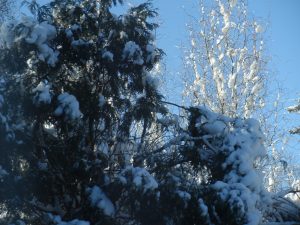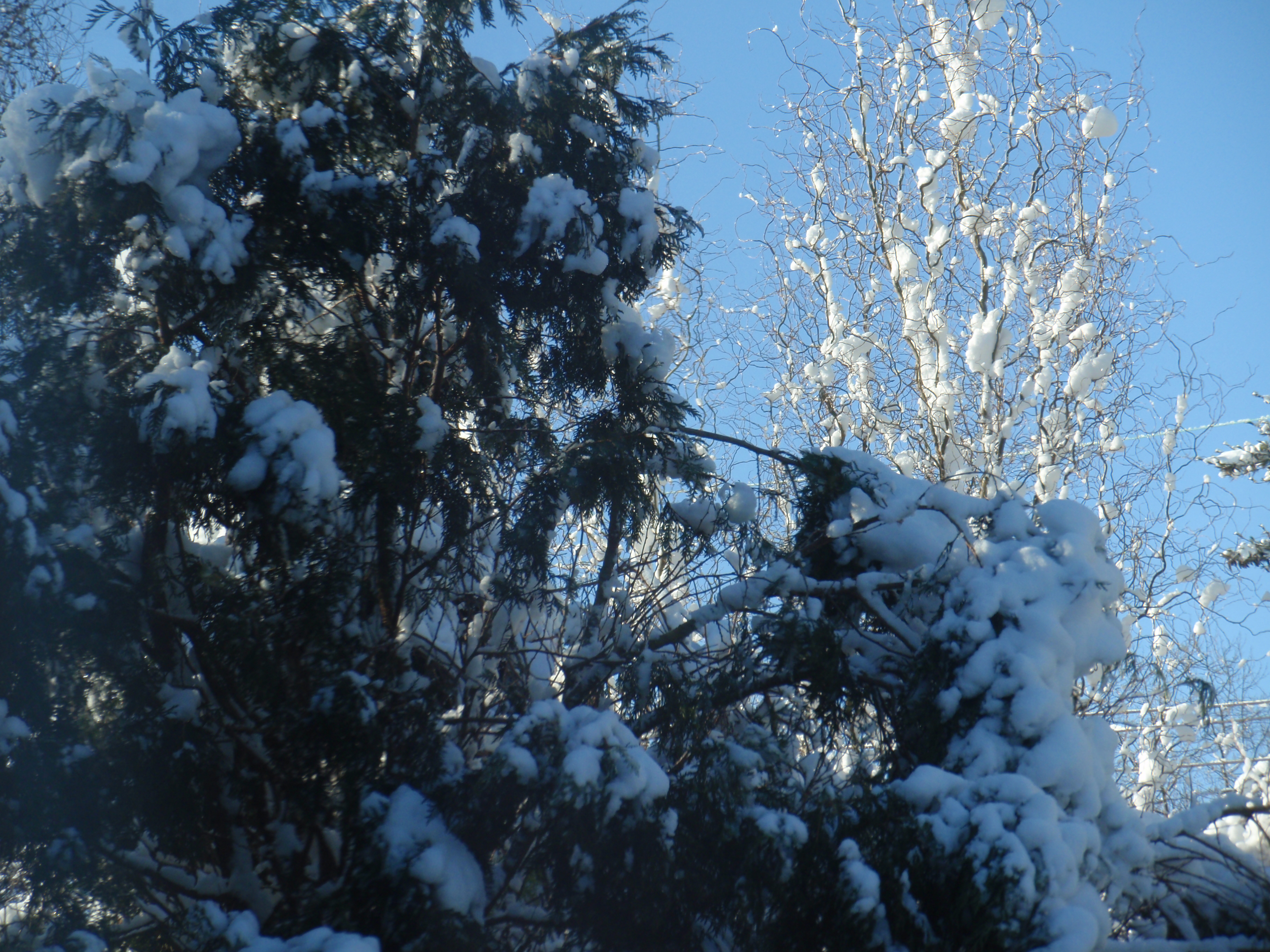Saturday, August 10, 2019, after a long drive back from the Boston area, I went to bed “early”—about 10:30. Since the weather service predicted a cool night, the window was open.
Around 12:15 AM, while dreaming a silly dream, something pulled me slowly out of my slumber. Unconsciously the three or so seconds of noise registered in my brain. After about four seconds of silence, the sound repeated. Who knows how long this sequence carried on, but it took about four repetitions to drag me from my sleepy state to full awake. An eastern screech-owl warbled softly somewhere in my yard, not far from the open window. Scientists refer to the sound as a monotonic trill. https://www.allaboutbirds.org/guide/Eastern_Screech-Owl/sounds

It has been years since we have had a screech-owl in the yard! Mind you, our yard consists of a lot 60 feet by 100 feet in the middle of suburbia near Philadelphia, PA. At one time, we had a 20 foot wall of arborvitae which occasionally hosted a screech owl. But, after some severe winter storms and a new neighbors who did not want the branches hanging in their yard, the 15 trees were removed at the same time as that neighbor’s nice sized pin oak. The back left corner of our yard once sported a double trunked 10” diameter eastern hemlock. In 2012, Hurricane Sandy ripped that tree in half leaving a huge scar at the site of the split. Last year, the remaining 10” diameter piece was removed for fear it would break at the huge scar. Another eastern hemlock what anchored the other back corner and a white mulberry that sat in the middle of the back property line both also came out relatively recently. Not because we wanted to, but because they both sat just off of the power line and over the years became lopsided due to power company trimming. The mulberry came down in slow motion on its own three winters ago and the hemlock started a slow tip two winters ago. During a storm that winter of 2017-18, one piece of the hemlock ripped off and fell on the electric lines going to our house and our neighbors. It was time for that tree to go. Our once wooded yard is now a sunny yard.
Last fall, we planted a few trees, strategically placing them to avoid the problems of their predecessors, but they are still tiny saplings and not appealing to eastern screech-owls, yet. I never imagined that a screech-owl would find our yard appealing anymore, but one did.
Despite the sounds of our neighbor’s air conditioner, for about 15 minutes I listened to this bird softly tril. Soon there was silence. I presume the bird moved on.
From this experience, I learned that somewhere nearby may resides a screech-owl family. The monotonic trill serves as a contact call, keeping families together and can be used by a bachelor male to solicit a mate. The other classic eastern screech-owl sound, the whinny, is for territorial defense. I believe that a single bird made the sounds I heard. Maybe there was a duet, but it sounded like the same bird over and over again. At this time of the year, the young owls should be fledged and adults starting to explore mating. Was a young of the year exploring our neighborhood or was this an established pair? I will know better if I hear the bird again.
I hope I will hear this sound again soon, even if it means my sleep is disturbed!
Sunday, August 11, 2019, as I prepared for bed, a great horned owl called off in the distance. https://www.allaboutbirds.org/guide/Great_Horned_Owl/sounds I could tell by the relatively high pitched sound that the calling bird was a female. She would hoo-hoo-hoo hoo-hoo and if I listened very closely, a faint deeper reply came from a distant male. About a ahlf hour later, the two birds were still communicating and I drifted off to sleep. Once again this early morning, at 12:30, I woke up and the two birds were still hooting to each other. This pair of birds were doing a paired territorial song, making them a mated pair that lives somewhere nearby.
All I could think about was how yesterday’s screech-owl needed to be careful as they are sometimes eaten by great horned owls.
1:45 AM Tuesday morning, I woke up to the screech-owl trill once again; a good sign! It sang for about 10 minutes and then was gone.
Reference
Artuso, C., C. S. Houston, D. G. Smith, and C. Rohner (2013). Great Horned Owl (Bubo virginianus), version 2.0. In The Birds of North America (A. F. Poole, Editor). Cornell Lab of Ornithology, Ithaca, NY, USA. https://doi.org/10.2173/bna.372
Ritchison, G., F. R. Gehlbach, P. Pyle, and M. A. Patten (2017). Eastern Screech-Owl (Megascops asio), version 3.0. In The Birds of North America (P. G. Rodewald, Editor). Cornell Lab of Ornithology, Ithaca, NY, USA. https://doi.org/10.2173/bna.easowl1.03

Comments
2 responses to “Late Night Visitors”
Nice!!! Wish I knew more about birds!
What a delightful essay, Bob! Another example of opening one’s ears to turn over the treasures in our big or little backyards. (Wherever they are)